Teaching Your Child the Art of Meditation
8 min read
Last Modified 3 August 2023 First Added 31 May 2023
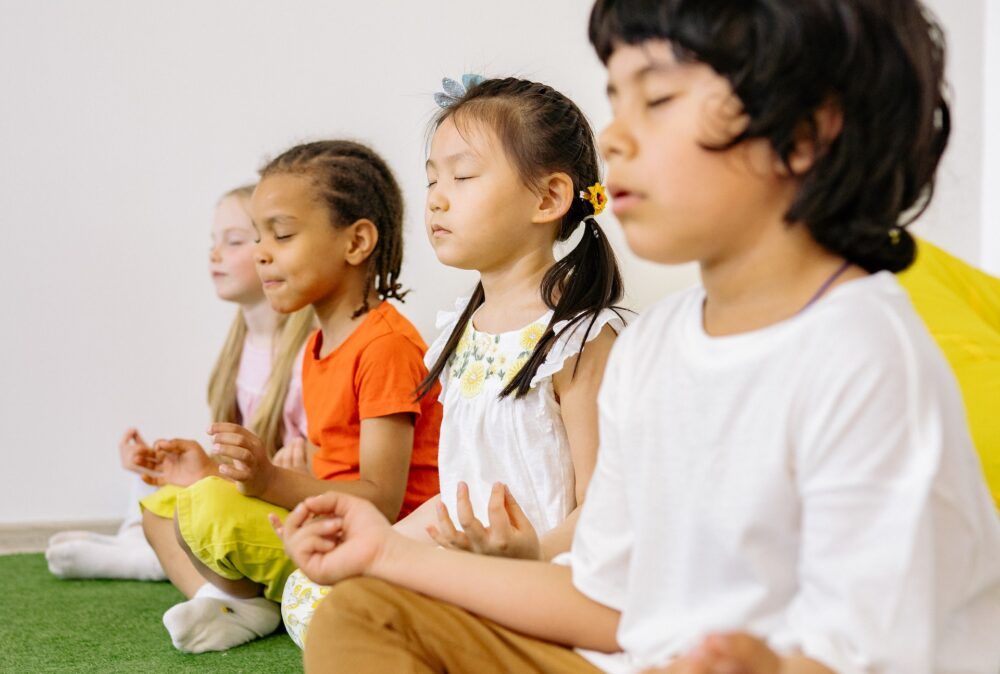
Many parents look to teach their children inner peace and calmness in a world filled with anxiety. You may have felt that you’ve tried every strategy under the sun – from breathing exercises to yoga to essential oils – but nothing seemed to do the trick.
That is until you stumbled upon the ancient practice of meditation.
At first, you may have been a bit sceptical. Many people have wondered “How can sitting still and being quiet, really make a difference in my life?”
But as some parents began incorporating meditation in their day-to-day lives, they started noticing a shift – more ease, more comfort, more clarity, more joy. And as they started teaching their children this technique, they noticed the transformation happening in them also.
If you’re reading this, chances are you’re one of those parents. You’re looking for ways to help your child navigate this busy, often overwhelming world. And you’re curious about whether meditation might be a helpful tool. Well, you’ve come to the right place!
We hope to be able to offer you some valuable insights that can help inspire you and your little ones to find a sense of peace and presence amid a busy life.
So, grab a cosy blanket, settle in, and let’s explore the world of meditation together!
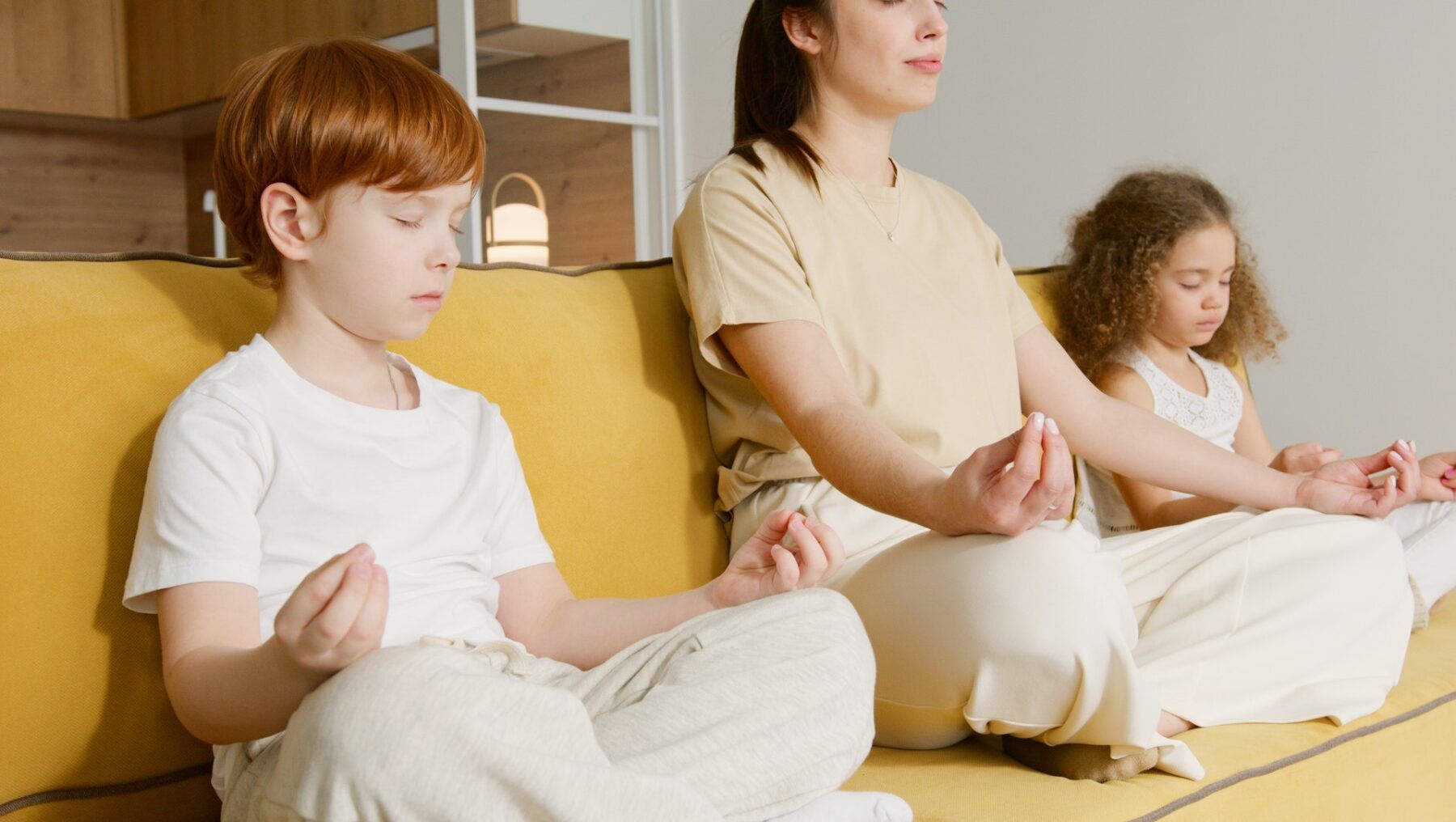
So, what’s the difference between meditation and mindfulness?
While the two practices are often used interchangeably, there are some key distinctions.
Meditation typically involves setting aside a specific amount of time to focus and control your attention and thoughts. This could mean using a mantra, focusing on breath work, imagining a calm scene, like the beach, or sitting on top of a high mountain. The idea is to quiet your mind and cultivate a deep sense of relaxation and inner stillness.
Mindful meditation for children, on the other hand, is more about being present and aware in the moment. It’s about connecting to your thoughts, feelings, and physical sensations without judgement or distraction. People achieve this while sitting in a meditation stance but can also practice this technique in day-to-day life. For example, you might practice mindfulness when you are eating, by focusing and being appreciative of the different textures, smells, or tastes of your meal.
While meditation and mindfulness are different practices, they both offer powerful benefits for your mental and emotional well-being. Regular meditation can help reduce stress, improve focus and concentration, and increase feelings of inner peace and contentment.
Mindfulness specifically aids in the development of emotional intelligence, improving relationships and reducing negative thoughts.
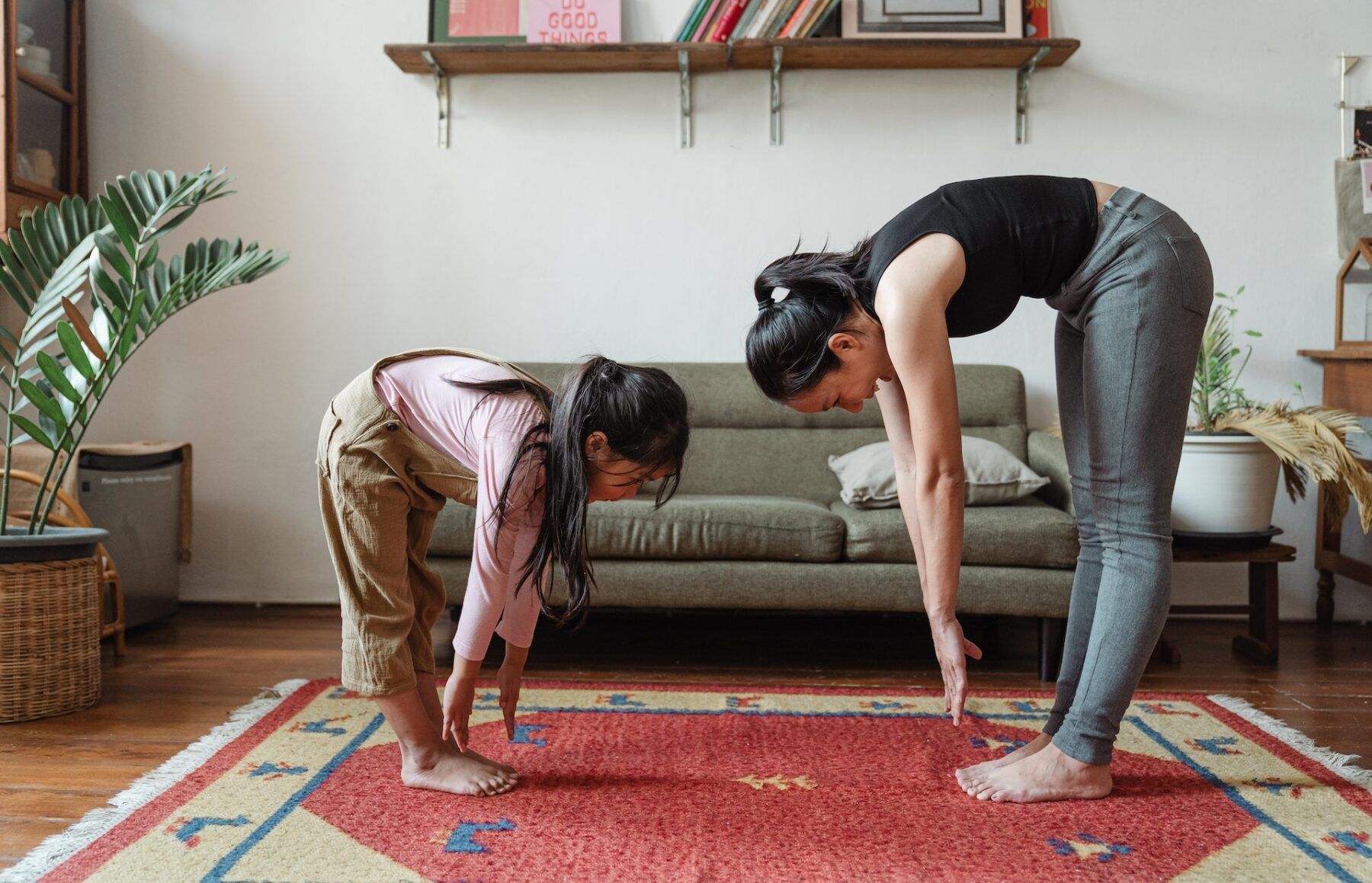
If you are looking for your child to develop healthy habits, and an ability to stay calm and focused, then meditation will probably be your best friend.
Here are 4 benefits of meditation for children that you should know about:
Children have many distractions, whether it is their iPad, the TV, or their collection of toys and games. Meditation can help them learn to concentrate and focus on a task or activity (Every parent knows the struggle of repeating an order 10 times before your child listens!)
Children can experience stress and anxiety just like adults do. Meditation can help them cope with these feelings by learning to relax and find inner peace. By practising meditation regularly, children can learn to manage their emotions better and feel more at ease whether at home or out in public. There are a range of toys that instil confidence for the little explorers that show signs of nervousness.
Meditation aids in children feeling more self-control and self-confidence. Teaching your little ones to focus on their breathing and to letting go of distracting thoughts can help them feel more positive about themselves and their abilities. This results in a strong sense of self-awareness.
Children can practice meditation before bed which can help many who have trouble sleeping. Meditation will teach you to calm your mind and body, making it easier to fall asleep and stay asleep for the remainder of the night – helping children feel more rested and energised in the morning.
Introducing meditation to your family can have many positive benefits for you and your child.
Just picture it: Your child is fast asleep after practising some meditation in bed, you can now go make yourself a lovely hot chocolate, put a bath on and relax until you too are ready for sleep. With no distractions!
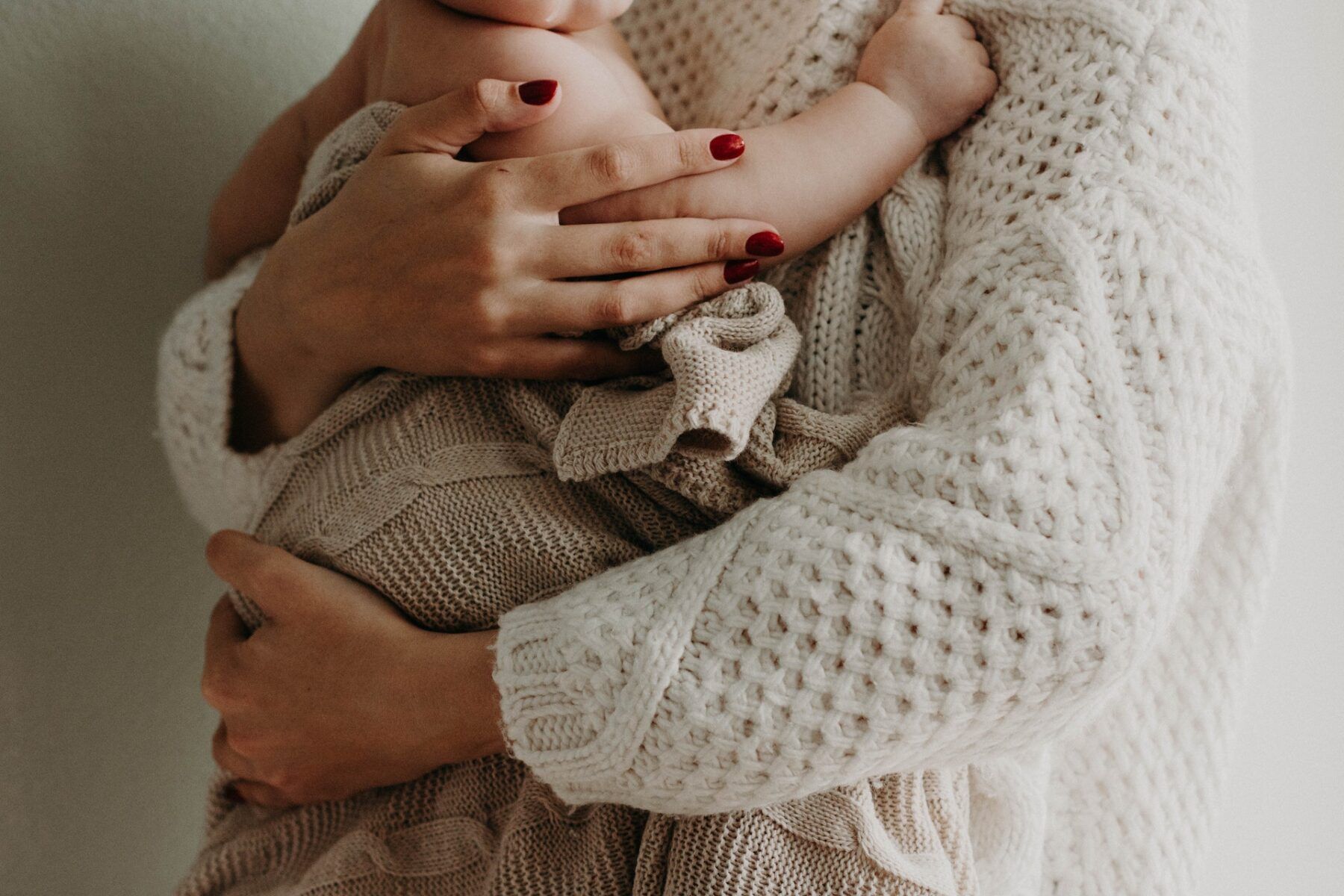
Good news! Meditation can be beneficial for children of all ages!
Here are some things to consider for teaching babies and toddlers meditation:
While babies may not be able to meditate in the traditional sense, there are still techniques you can implement.
For example, you may want to try mindful feeding meditation, holding your child close to your chest and taking slow breaths so they can feel your belly rise and fall. This helps you be present in the moment and your baby can feel calm and more connected to you.
Alternatively, you can do exercises like baby yoga which helps your baby develop body awareness and practice relaxation.
As young children can be little busy bees, it may be a little challenging to teach your child how to stay still over long periods. However, they can still benefit from simple techniques.
For example, you can teach them to focus on their breathing and take deep breaths for a few seconds. This aids your little one when they are feeling stressed or upset, it is a great technique for them to learn how to calm down by themselves.
Looking to bring more fun into the equation? Try “colour visualisation” where you ask your little one to picture their favourite colour, and then imagine that colour filling their body, starting from their tiny toes, and slowly moving up to their head.
Alternatively, things like sensory toys can help aid concentration in young children and textured sensory toys can help ground your child during their meditation or quiet time.
Meditation can be a beautiful and powerful tool to implement in your children’s lives. The key is to introduce meditation in a way that is gentle, supportive, and tailored to your child’s individual needs.
Young children may find it uncomfortable sitting still for long periods, be sure to keep sessions short and simple, especially at the beginning.
Practice techniques such as breath work and focusing on their breath or try a simple visualisation exercise. These are great first steps for meditation.
Children are always more likely to get involved when something seems entertaining. Try incorporating creative toys or games, such as musical toys for young children or meditation chimes for older children to focus on the sounds.
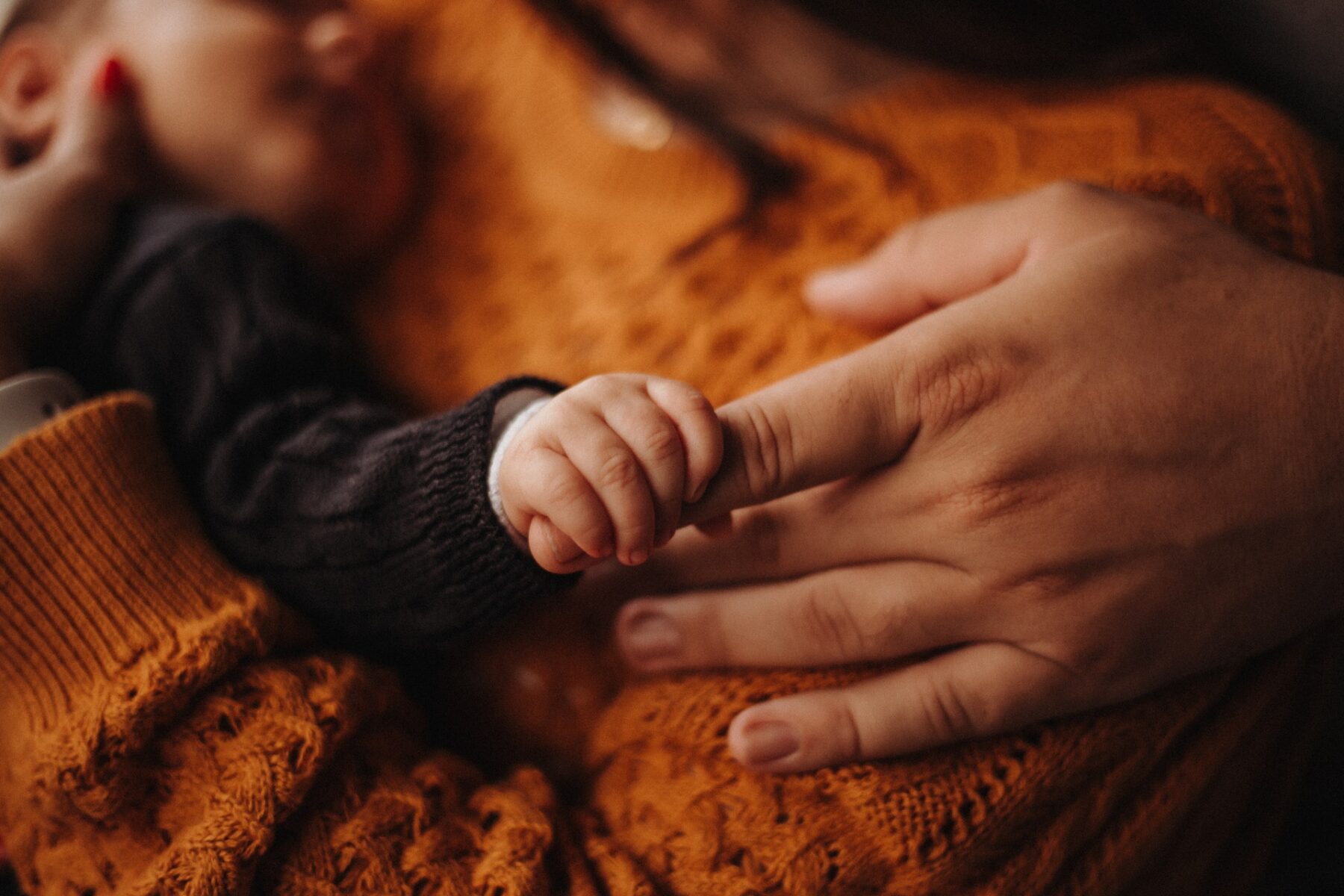
Children will naturally follow your lead. It’s important to model good meditation habits yourself. (And hey, nothing wrong with you fitting in some relaxation time!)
If your child was to watch you meditate often, they will likely want to join in. You can also try meditating as a family unit, this is a great way to establish strong family bonds.
Meditation can take time and practice, be sure to be patient in this process. Your children may not be eager to start straight away, but with a little bit of encouragement and patience, they will gradually want to be involved and develop the skills they need to meditate successfully.
Consistency is key when it comes to teaching children how to meditate. Try to incorporate a few minutes of meditation into your child’s daily routine, such as before bed or in the morning before school. This will help them develop a regular meditation practice and reap the benefits of meditation over time.
Allow the process of teaching your little one’s meditation to be a fun and rewarding one! No pressure, just true comfort and ease.

Here are some simple everyday meditations that can work for any toddler:
Whether it’s deep breathing, visualisation exercises, or mindfulness meditation, the key is to make it fun and tailored to your child’s age and interests. So why not try incorporating some of these meditations into your child’s daily routine and see how it can help them find peace and calm in their daily life!
To read our disclaimers, please click here.